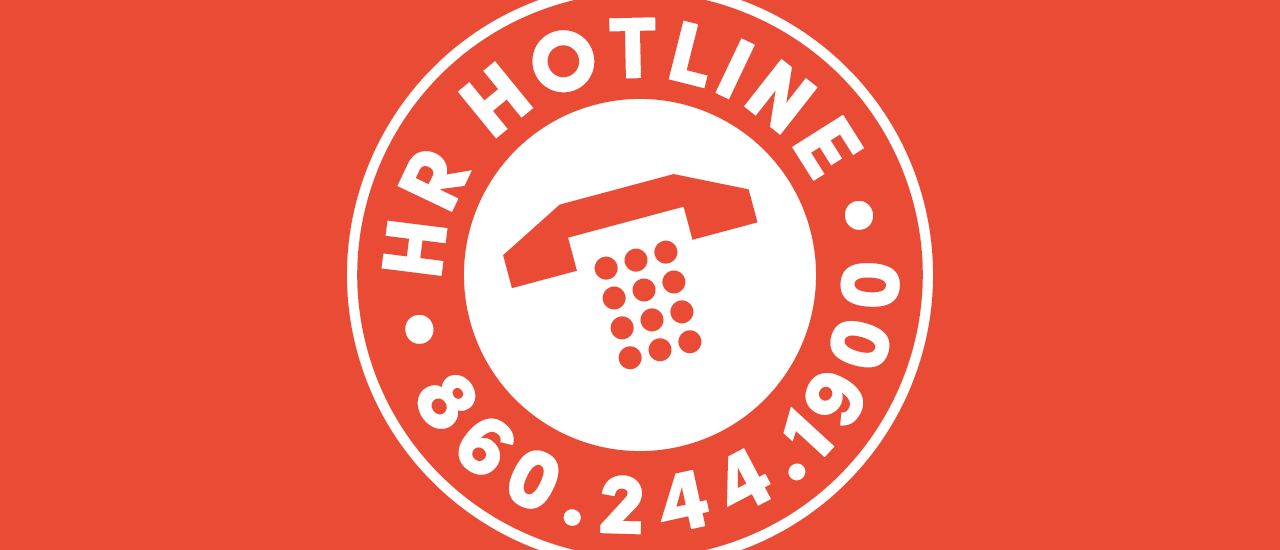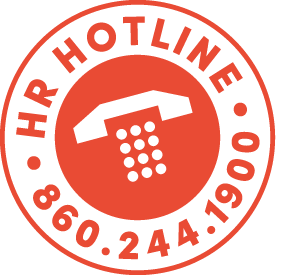HR Hotline: What Documentation Is Needed for Coronavirus Paid Leave?

Q: What documentation can I ask employees to provide who request paid leave under the Families First Coronavirus Response Act? What recordkeeping should I prepare?
A: The U.S. Department of Labor issued a temporary rule April 1 regarding administration of the Emergency Paid Sick Leave Act and the Emergency Family and Medical Leave Expansion Act.

The rule remains in effect until December 31, 2020 and advises employers to seek medical documentation to support employee requests for FFCRA paid leave as well as to substantiate the payroll tax credit to recover the cost of the leave.
DOL requires employers to substantiate eligibility for the sick leave or family leave credits if the employer receives a written or oral request for such leave from the employee in which the employee provides:
- the employee’s name;
- the date or dates for which leave is requested;
- a written or oral statement of the COVID-19 related reason the employee is requesting leave; and
- a written or oral statement that the employee is unable to work, including by means of telework, for such reason.
Quarantine
In the case of a leave request based on a quarantine order or self-quarantine advice, the employee statement should include:
- the name of the governmental entity ordering quarantine or isolation order; or
- the name of the healthcare professional advising self-quarantine due to concerns related to COVID-19;
- and, if the person subject to quarantine or advised to self-quarantine is not the employee, that person’s name and relationship to the employee.
Child Care
In the case of a leave request based on a school closing or child care provider unavailability, the statement from the employee should include:
- the name and age of the child (or children) to be cared for;
- the name of the school that has closed or place of care that is unavailable;
- and a representation that no other person will be providing care for the child during the period for which the employee is receiving family medical leave; and
- with respect to the employee’s inability to work or telework because of a need to provide care for a child older than 14 during daylight hours, a statement that special circumstances exist requiring the employee to provide care.
Flexibility
As with classic FMLA where the need for leave may be foreseeable or at least not unexpected such as school or child care facilities closings, employees may be expected to provide notice as soon as practicable.
With less foreseeable situations such as emergency paid sick leave due to employee or cared for individuals with health related issues, employers are expected to be more flexible, and may require notice after the first workday that an employee begins a qualifying leave.
If the information provided is insufficient to determine whether the request is a qualifying reason for leave, the employer should advise the employee what is unclear or incomplete and give an opportunity to correct or supplement the information.
Employers may decline a leave request based on disqualifying circumstances, but should not do so based on inadequate paperwork.
DOL also suggests that since emergency FMLA is actually a form of the classic FMLA, just for additional reasons and with enhanced benefits, the usual forms may be used.
More importantly, DOL urges flexibility, and not using those forms where doing so would necessitate inadvisable handling of actual paperwork, unnecessary travel, distracting medical professionals from delivery of critical care, and ignoring physical distancing guidelines.
The focus should be on the exchange of information necessary to determine if the circumstance is FFCRA qualifying.
Employers may continue to decline to approve a leave request based on disqualifying circumstances and/or inadequate information, but should not do so based on inadequate paperwork.
IRS Requirements
The Internal Revenue Service requires eligible employers claiming the credits for qualified leave wages (and allowable qualified health plan expenses and the employer’s share of Medicare taxes) to retain records and documentation.
That includes records related to and supporting each employee’s leave to substantiate the claim for the credits and retain Form 941 Employer’s Quarterly Federal Tax Return, Form 7200 Advance of Employer Credits Due to COVID-19, and any other applicable filings.
HR problems? Email or call Mark Soycher at the HR Hotline (860.244.1900) | @HRHotline
RELATED
EXPLORE BY CATEGORY
Stay Connected with CBIA News Digests
The latest news and information delivered directly to your inbox.


